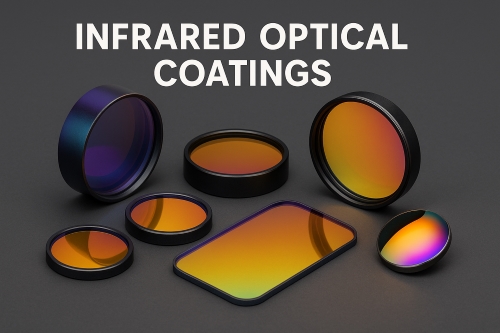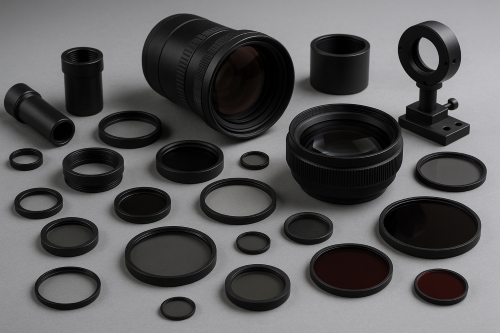What Are The Main Military Functional Materials?
Functional materials are substances that convert energy from one form to another through the effects of sound, light, electricity, magnetism, heat, chemistry and biochemistry. Many categories exist, for example, photoelectric functional materials, hydrogen storage functional materials, damping materials and stealth materials.
Photoelectric Functional Materials
Photoelectric functional materials are used in photoelectronical engineering. They transmit and process data by utilising photoelectricity and form a component of modern information technology. These materials are widely applied in the military sector. For example, Cadmiumtellurid, Mercury and Indiumantimonid are employed in infrared detectors; Zinc Sulphide, Zinc Selenide and Galliumarsenid are mainly used for the manufacture of windows, hoods and enclosures in infrared detection systems for aircraft, missiles and ground-based weapons; Magnesiumfluorid exhibits high transmittance and is highly resistant to erosion, thereby making it suitable for infrared transmission.
Functional Materials for Hydrogen Storage
The lattice structure of certain transition cluster metals, alloys and metal compounds permits hydrogen atoms to enter tetrahedral or octahedral sites. They form metal hydrides. These metal hydrides are used as hydrogen storage materials.
In the weapons industry, lead–acid batteries used in armoured vehicles must often be replaced because of low capacity and high self-discharge. This replacement process presents maintenance and handling challenges. The discharge performance is affected by the battery’s lifespan, charge state and temperature. In cold weather, the starting speed of an armoured vehicle decreases or the vehicle may fail to start, thereby reducing the tank’s operational capability. Batteries made from hydrogen storage alloys have high energy density, notable overcharge tolerance, seismic resistance, effective operation at low temperatures and extended service life. They offer a wide application scope for the future development of combat tank batteries.
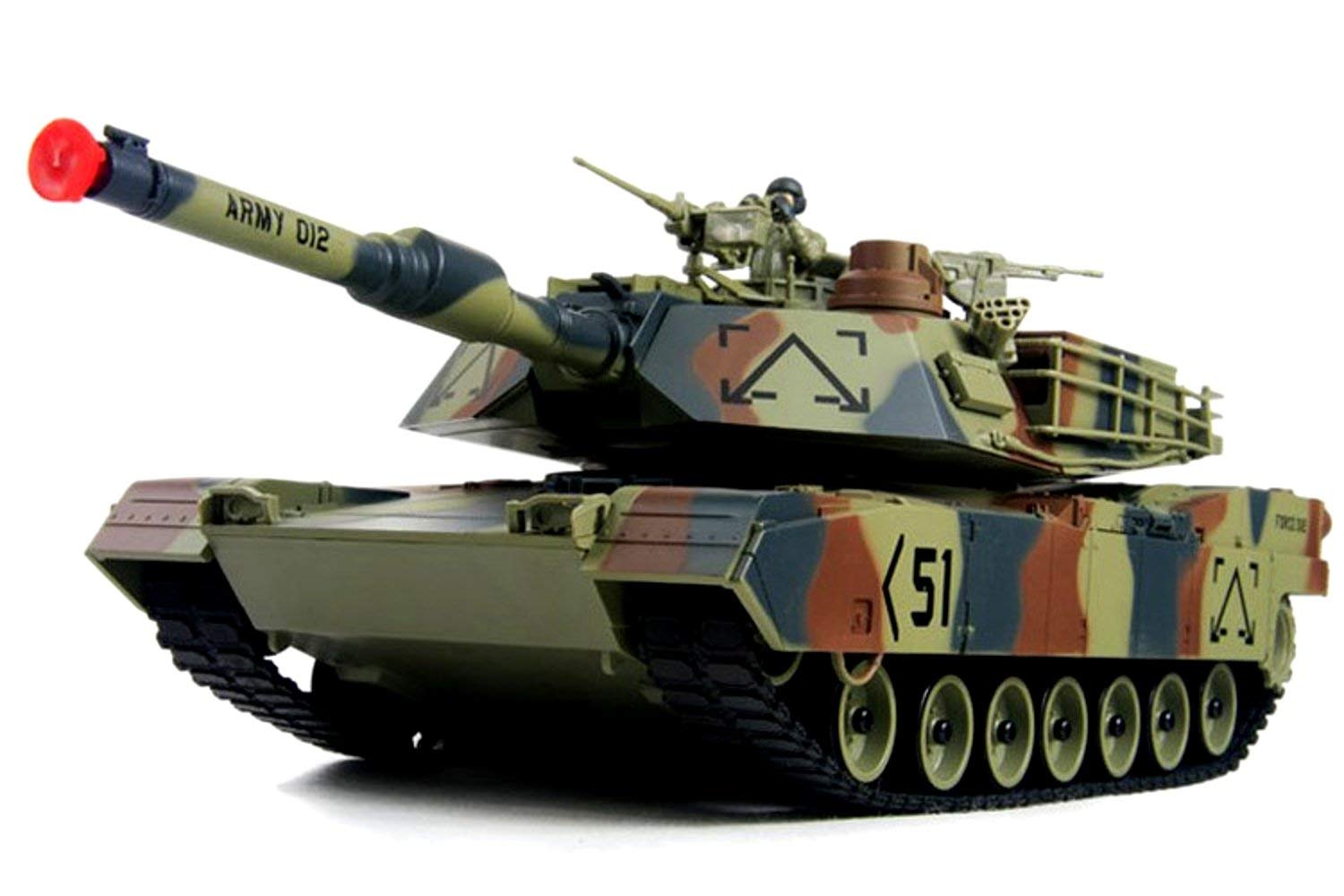
Damping Material
Damping is the phenomenon whereby a freely oscillating solid converts its mechanical energy into thermal energy even when isolated from its surroundings. The use of high damping materials reduces vibrations and noise. Consequently, such materials are used in military applications.
Stealth Materials
The development of modern offensive weapons, particularly with the emergence of precision-guided munitions, has significantly reduced the survivability of weapon systems and equipment. It is no longer practical to depend solely on enhancing the defensive capabilities of armaments. By employing stealth technology, an adversary’s detection, guidance and reconnaissance systems may be rendered ineffective, thereby facilitating concealment and enabling one to secure the initiative on the battlefield.
The most effective measure in stealth technology is the use of stealth materials. These include millimetre-wave structure absorbing materials, millimetre-wave rubber absorbing materials and multifunctional absorbing coatings. They reduce detection by millimetre-wave radar and minimise the probability of guidance system tracking and a subsequent hit. They are also compatible with camouflage in the visible, near-infrared and far-infrared thermal ranges when applied on enclosures.

 Bars
Bars
 Beads & Spheres
Beads & Spheres
 Bolts & Nuts
Bolts & Nuts
 Crucibles
Crucibles
 Discs
Discs
 Fibers & Fabrics
Fibers & Fabrics
 Films
Films
 Flake
Flake
 Foams
Foams
 Foil
Foil
 Granules
Granules
 Honeycombs
Honeycombs
 Ink
Ink
 Laminate
Laminate
 Lumps
Lumps
 Meshes
Meshes
 Metallised Film
Metallised Film
 Plate
Plate
 Powders
Powders
 Rod
Rod
 Sheets
Sheets
 Single Crystals
Single Crystals
 Sputtering Target
Sputtering Target
 Tubes
Tubes
 Washer
Washer
 Wires
Wires
 Converters & Calculators
Converters & Calculators
 Write for Us
Write for Us
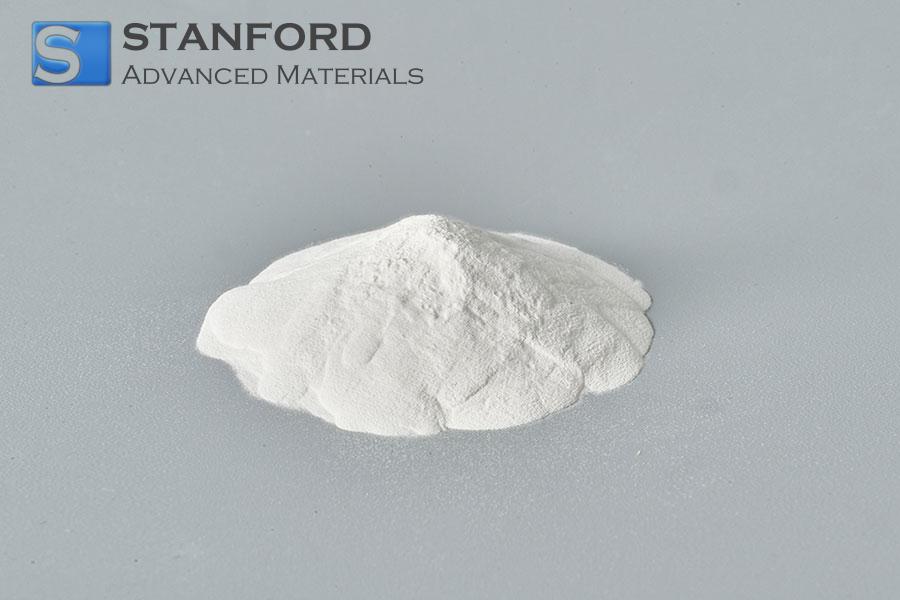
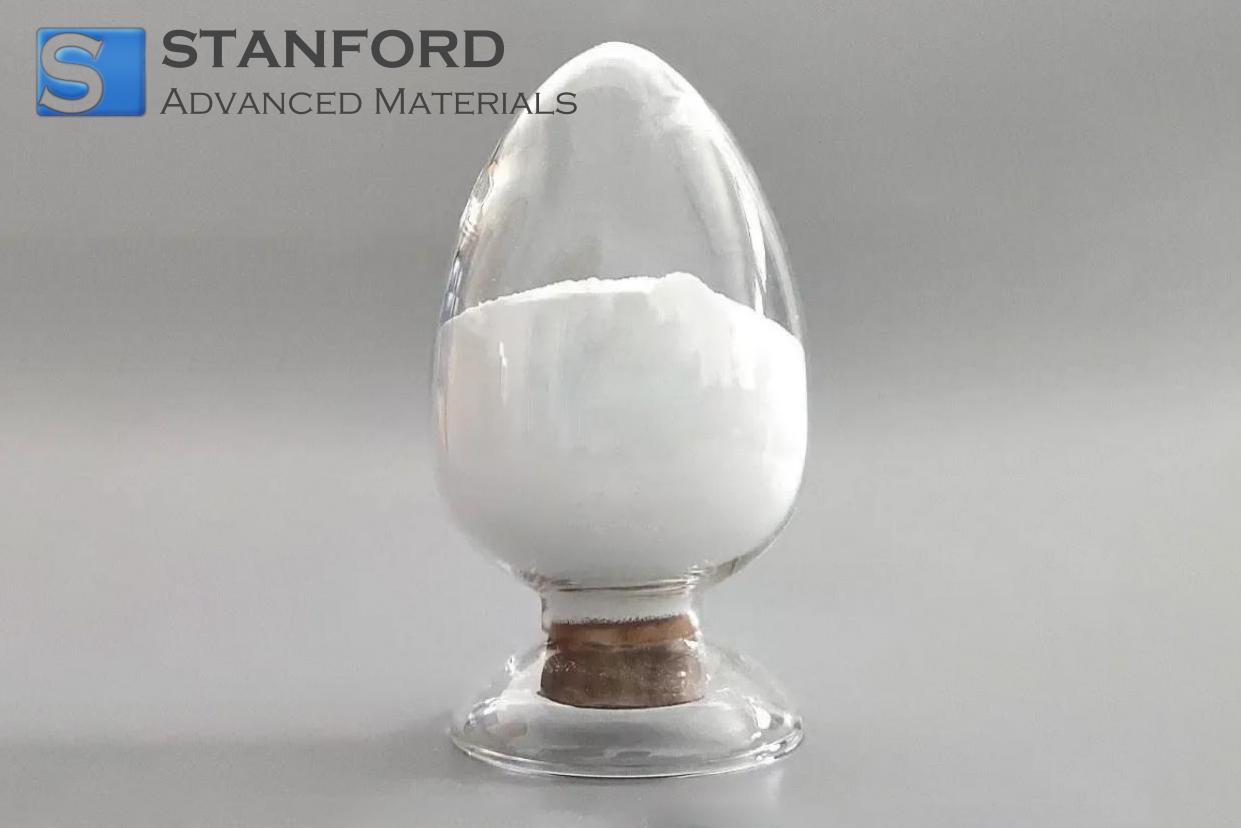
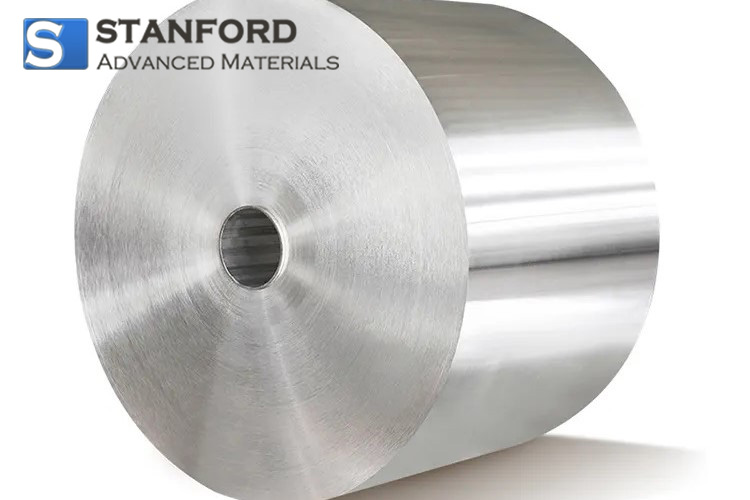
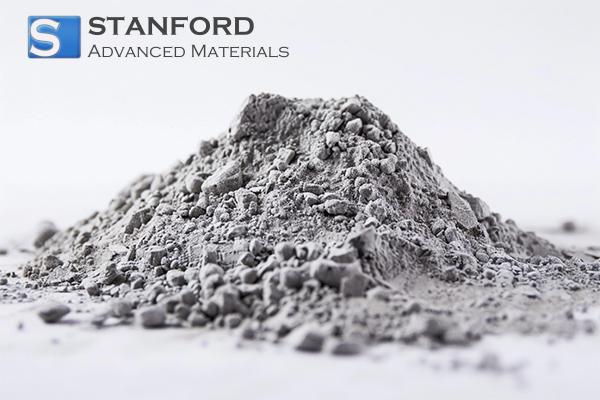
 Chin Trento
Chin Trento

